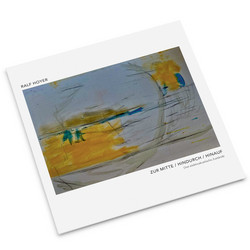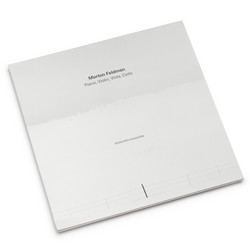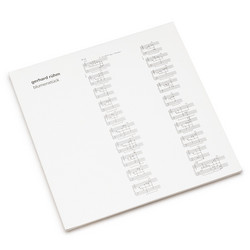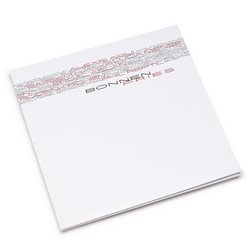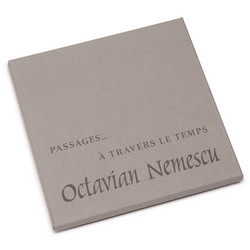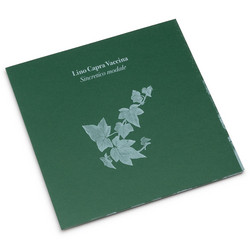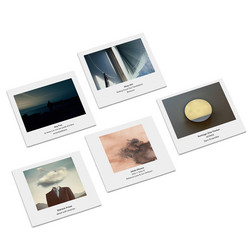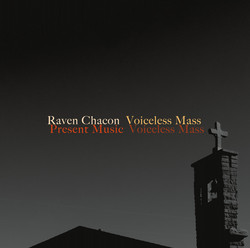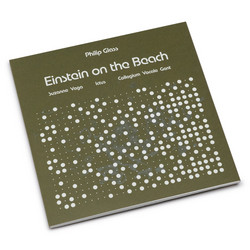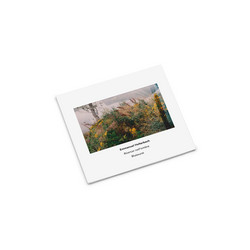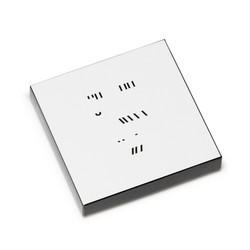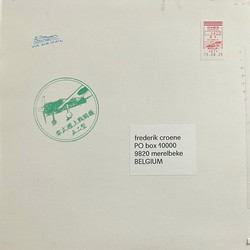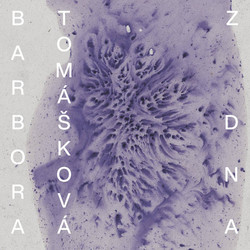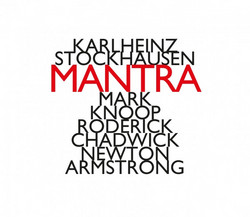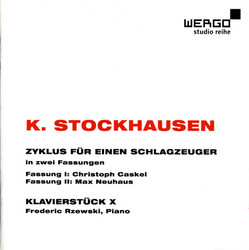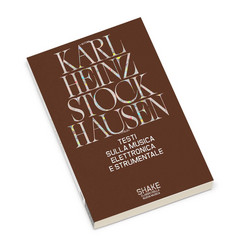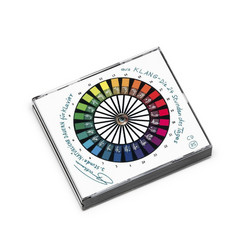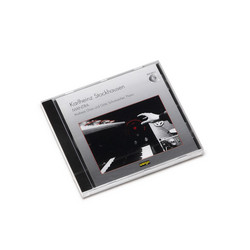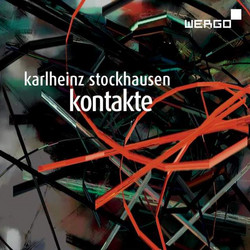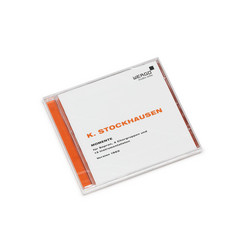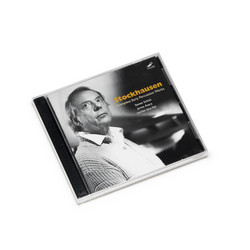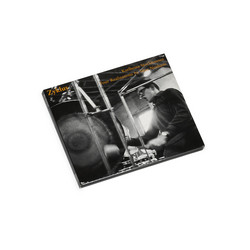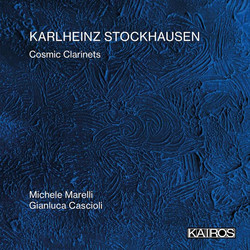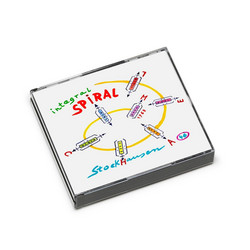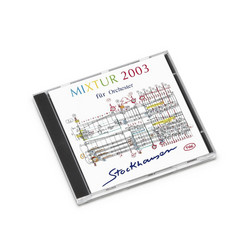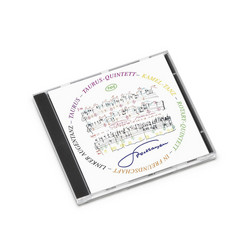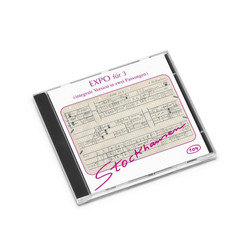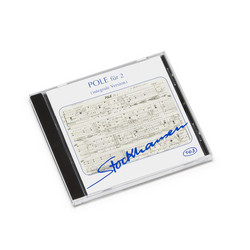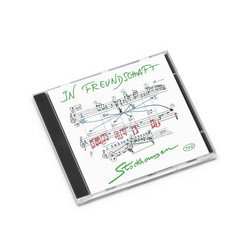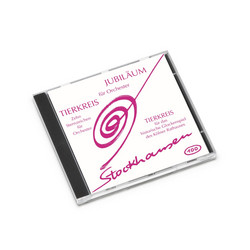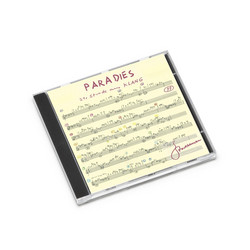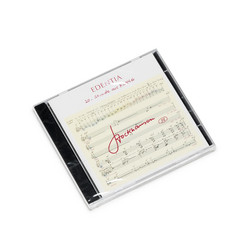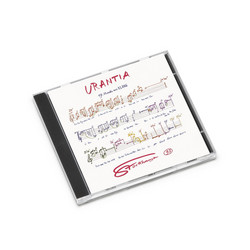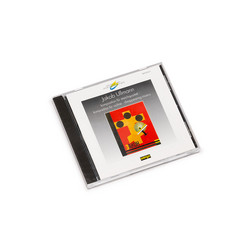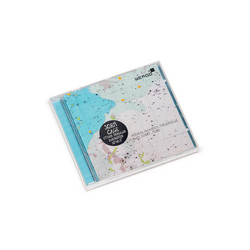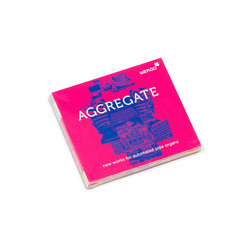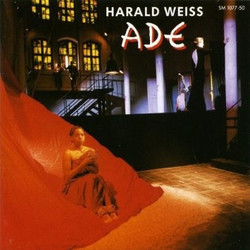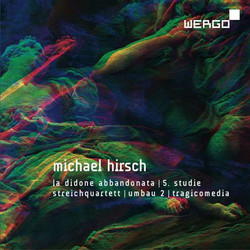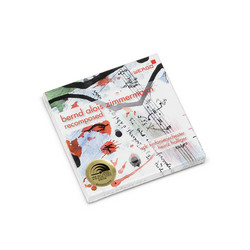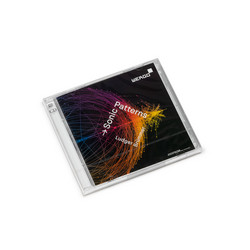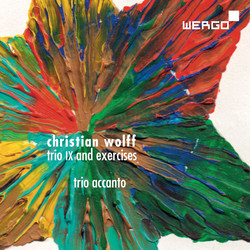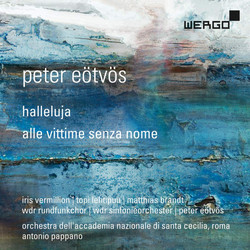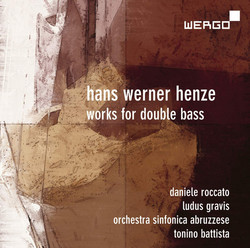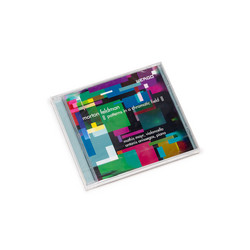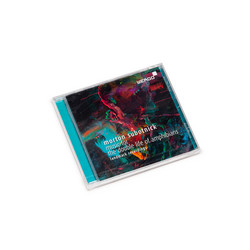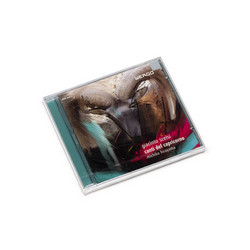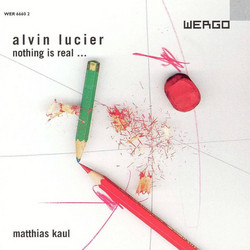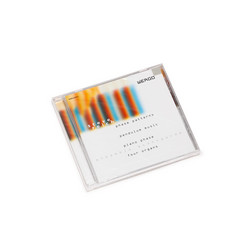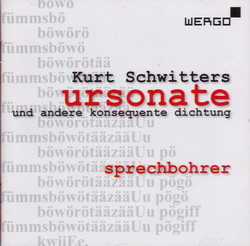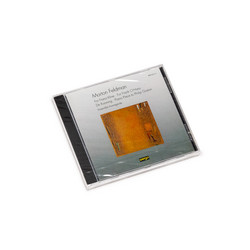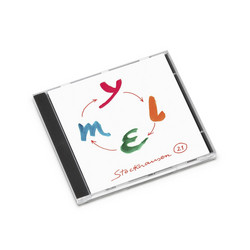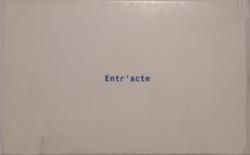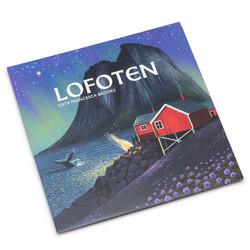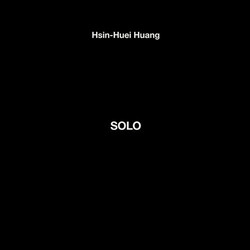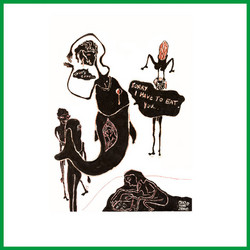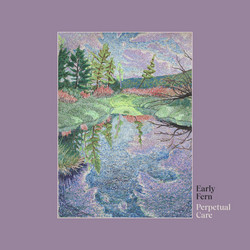*2022 stock* The origins and technical content of Strahlen (‘Rays’), a work left incomplete at the time of Stockhausen’s death, are complicated. It’s best to watch the documentary about the work before hearing it through, so that your mind’s eye is tuned in to what is going on, and what lies behind the concept and techniques used in its realisation.
Part of the genesis of Strahlen was a desire to create a ‘virtual vibraphone’ with the ability to play extended notes, dynamic crescendos and freakishly wide glissandi rather than having each note in straight lines and decaying after being struck, as is the normal way of things. The live player is crucial in being the audience’s point of reference, the origin of the player’s unprocessed sounds heard through loudspeakers and blending as much as possible with the 10-channel soundtrack. Technology in 2003 was simply not up to the kind of sophistication that would allow live processing of the sound, but Ludger Brümmer’s work with the composer took it to a point at which a realisation with soundtrack was becoming a possibility.
The actual music of this work derives from Hoch-Zeiten for choir (subsequently also re-worked for orchestra); part of the vast Licht opera cycle. László Hudacsek demonstrates the possibilities of the vibraphone in the documentary, which are limited enough, so it seems somewhat perverse to have selected this particular instrument for such a project. The impossible nature of the challenge seems to have been one of its driving forces however. With the stars aligning in ways described in the video, spoken in German, but with English translation overdubbed, the concept and some of the technical challenges of the work were able to be solved, though by no means finished satisfactorily. Other theatrical projects took precedent after the initial collaboration, and so Strahlen was shelved. After Stockhausen died, an approach to his wife Kathinka Pasveer was made, and she agreed to a completion of the project, becoming closely involved in the decisions made for its painstakingly detailed musical and technical production.
Free from the duration restrictions of CD, this DVD offers three separate mixes of Strahlen. As a headphone user I particularly appreciate the binaural versions, which are 2-channel stereo mixes of the 10-channel original. The first of these presents the recording in a more concert-hall perspective, the second in its pure form, without added acoustic effect. There is also a 5.0 surround-sound version for those with a suitable speaker set-up. The actual music is a fascinating aural sensation, with the vibraphone strokes from the live instrument blending with those coming over the speakers, and notes like sine-waves spinning off with those ‘impossible’ glissando effects. Stockhausen’s characteristic tonal signatures and melodic gestures are still very much in evidence from his original operatic creation, but result in a strange kind of sound-garden in which the slow growth of a monumental harmonic progression is garlanded with the curling fronds of more audibly electronically treated tones. I found it best not to have the volume too high, but even with the potential brain-melting qualities of ‘feedback’ vibraphone notes with their intense upper harmonic qualities, this is not a painful listen.
The vibraphone is the main sonic contributor throughout, but as the score progresses other effects widen the variety of timbre. László Hudacsek demonstrates some alternative playing techniques in the documentary, but it’s hard to spot which might have been used for some of the resulting sounds. With a work such as this, based on carefully selected but limited intervals and a single, central instrument, the integrity of the music maintains an integrated whole – the ear tuning in to subtle variety and change. As a result, even smaller shifts can take on an enhanced and dramatic importance.
The interview between Ludger Brümmer and Stockhausen covers technical aspects in another late work, Licht-Bilder, including ring-modulator effects and the ways electronic effects are mixed with live instrumental timbres. Insights into Stockhausen’s attitude to spatial sound and the function of quality in sound are always useful to hear and are relevant to his work throughout his oeuvre. His clear enthusiasm for new possibilities in this field give hints as to what might have been had he been able to continue, and this interview is a valuable addition to the DVD.
Students of contemporary music and Stockhausen in particular will want to acquire this release. In some ways Strahlen is a bridge between Stockhausen’s life work and a small projection into what he might have done had he lived longer – a kind of Mahler Tenth of electronic music. The sheer amount of work and commitment invested in its production deserves our attention, as do the remarkable results in musical terms.

